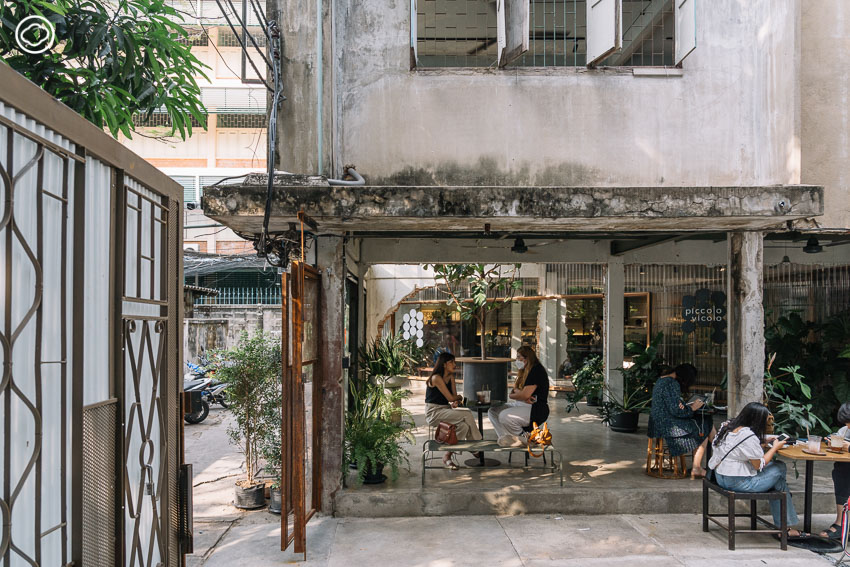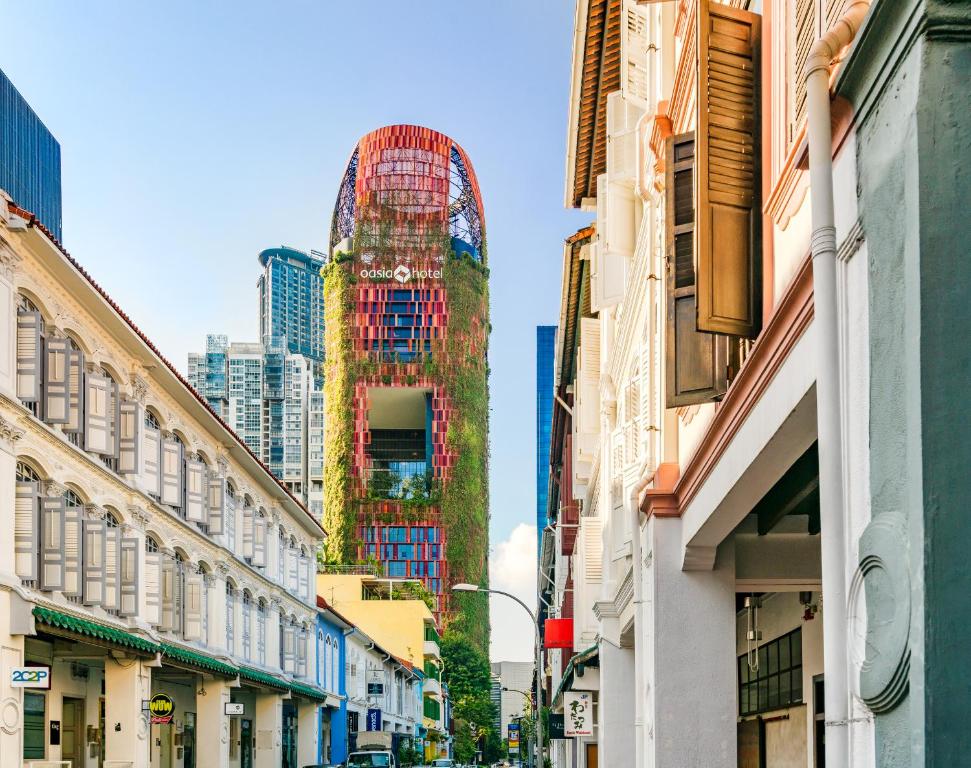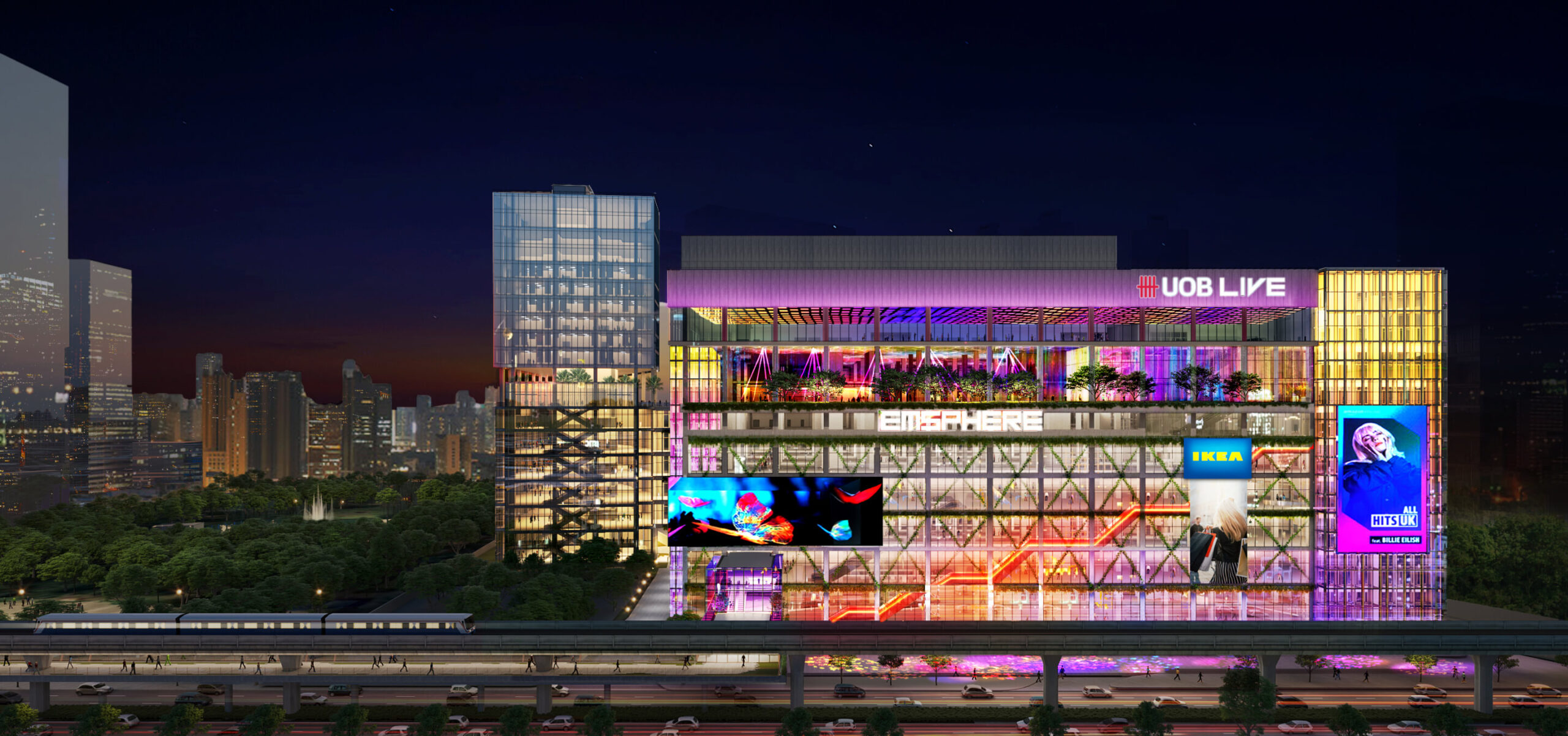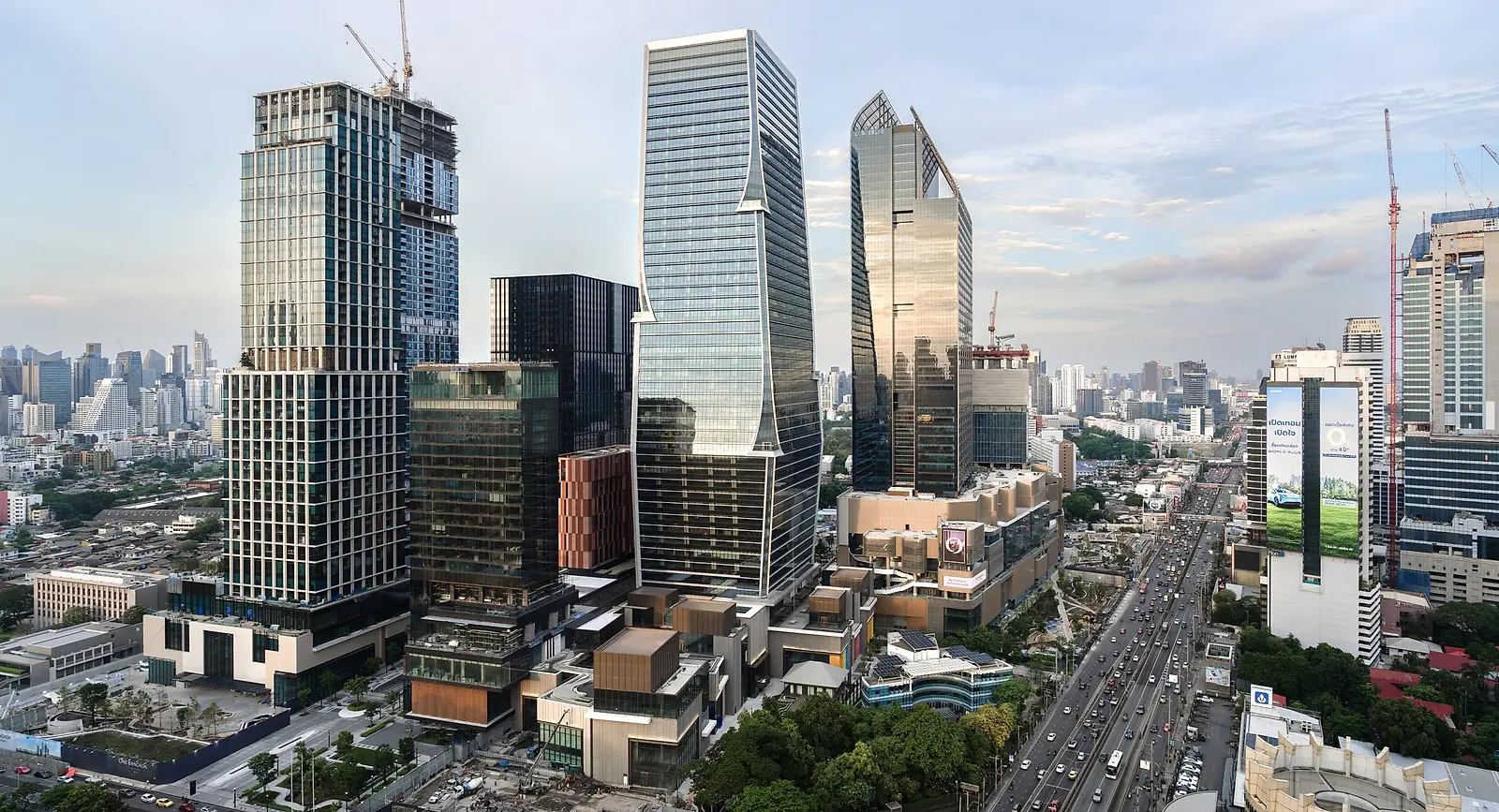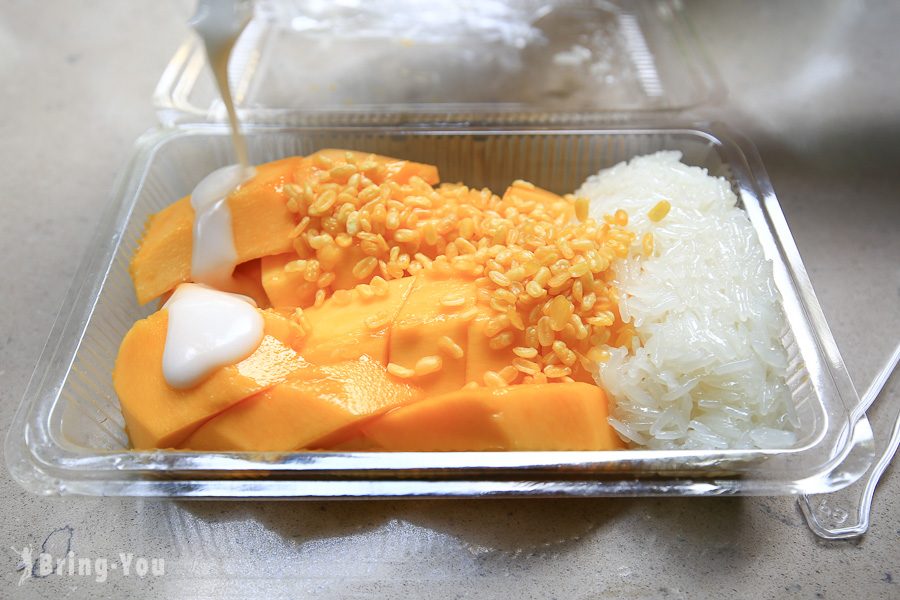
Episode 53: Flaneur | 带你在曼谷逛最国际、最本土、最自然的街

所建所闻
Deep Dive
Why is Bangkok considered a 'colorful' and 'chaotic' city?
Bangkok is often described as colorful and chaotic due to its vibrant use of colors, high density of buildings, and a mix of modern and traditional elements. The city's streets are filled with a blend of old and new, with small houses nestled among skyscrapers, and a lively atmosphere that engages all five senses. The city's layout and architecture reflect a 'collage city' concept, where diverse elements coexist without strict order, creating a direct and intense sensory experience.
What makes the commercial spaces in Bangkok unique compared to other cities?
Bangkok's commercial spaces are unique because they often blend indoor and outdoor elements, creating a sense of exploration and discovery. Projects like The Commons and ICONSIAM feature large staircases, open spaces, and natural elements like trees and gardens, which encourage people to wander and engage with the environment. Additionally, the city's commercial spaces often incorporate traditional Thai elements, such as street-like layouts within malls, offering a shopping experience that feels more like wandering through a lively market than a typical mall.
How does Buddhism influence the relationship between nature and man-made structures in Bangkok?
Buddhism deeply influences how Bangkok integrates nature into its architecture. Many Thais practice Buddhism, which emphasizes harmony with nature, and this is reflected in the city's design. Buildings often incorporate large gardens, trees, and natural elements, creating a sense of 'heaven on earth.' For example, the Marche Thonglor project features a seven-story building with a massive garden and a 'crack' in the structure that evokes an ancient wonder. This integration of nature and architecture is a key aspect of Thai design, driven by religious and cultural values.
What role does Japan play in Bangkok's economic and cultural landscape?
Japan has had a significant impact on Bangkok's economy, culture, and commercial development. Historically, Japan and Thailand have had strong ties, especially during and after World War II. Japanese influence is evident in Bangkok's car industry, where Japanese brands like Toyota dominate the market, and in the city's commercial culture, which draws heavily from Japanese business practices. Additionally, many advertisements in Bangkok are in Japanese, targeting Japanese expatriates and tourists, and there are numerous Japanese-themed businesses, including restaurants, massage parlors, and nightclubs.
What is the local lifestyle like in Bangkok, particularly regarding housing and transportation?
In Bangkok, locals live in a variety of housing types, from high-rise apartments to small townhouses and standalone homes. Many people rent due to the high cost of buying property. The city's transportation system is dominated by cars and motorcycles, as walking and cycling are less common due to narrow sidewalks and hot weather. The public transit system, including the BTS Skytrain and MRT subway, is extensive but expensive, primarily serving tourists and wealthier locals. The city's layout often mixes luxurious developments with poorer areas, creating a stark contrast between wealth and poverty.
How does Bangkok's food culture reflect its economic and social structure?
Bangkok's food culture is deeply tied to its agricultural and service-based economy. Many Thais do not cook at home due to the lack of gas connections in houses, leading to a thriving street food and restaurant scene. This has made Bangkok's food culture incredibly diverse and accessible, with affordable options like street stalls and markets alongside high-end dining. The city's food industry also provides employment opportunities for many locals, who often turn to cooking or selling food as a way to make a living.
What are the key characteristics of Bangkok's shopping malls, and how do they differ from traditional malls?
Bangkok's shopping malls, like ICONSIAM and EmSphere, are designed to mimic the experience of wandering through a bustling street or market. They often feature multi-level layouts with high ceilings, natural light, and open spaces that encourage exploration. For example, ICONSIAM's lower levels resemble a traditional Thai market, complete with water features and small shops, while EmSphere has different 'streets' on each floor, including a nightlife zone. This design approach reflects the Thai love for street-style shopping and creates a lively, immersive experience for visitors.
- 曼谷是一个能找到各种各样标签的城市
- 城市的形态既有色彩斑斓的活力,也有高楼林立的密集
- 多种城市形态交织在一起,带来强烈的感官冲击
Shownotes Transcript
简介:
总说泰国商业很创新、很有趣,于是十二月我和几位朋友前往曼谷进行四天的考察。说是考察,但商业考察不就是(带着脑子去)逛街吗?哈哈哈。曼谷是热情的、明丽的、嘈杂的、粗犷的、浓烈的,我们的五感被完全打开,声色气味触感,无孔不入。 曼谷的商业也沿袭了这些要素,一方面它十分的国际化,一方面它又扎根本土。在国内看来的很多创新手法,去到当地就会理解,其实只是把当地人的生活充分融入到设计里去,紧紧地把人和自然联系在一起。
本期嘉宾:翔仔、伍陆柒
本期提到的话题有:
泰国商业很“好逛”的原因是什么?
“非标商业”是个伪命题,个性化是泰国的常态
宗教信仰影响了自然和人造物的关系,也体现在城市空间特征上
泰国的餐饮为什么这么发达?
日本对泰国经济、政治、文化、商业的影响
曼谷的房价大概是多少?本地人都住什么样的房子?
曼谷当地人的生活状态是怎么样的
曼谷的公共交通系统
本期提到的项目:
The Commons Thonglor:富人区的社区商业)

Jim Thompson House Museum:美丽的居所,美丽的丝巾)

曼谷中国城的民居让人想到广州
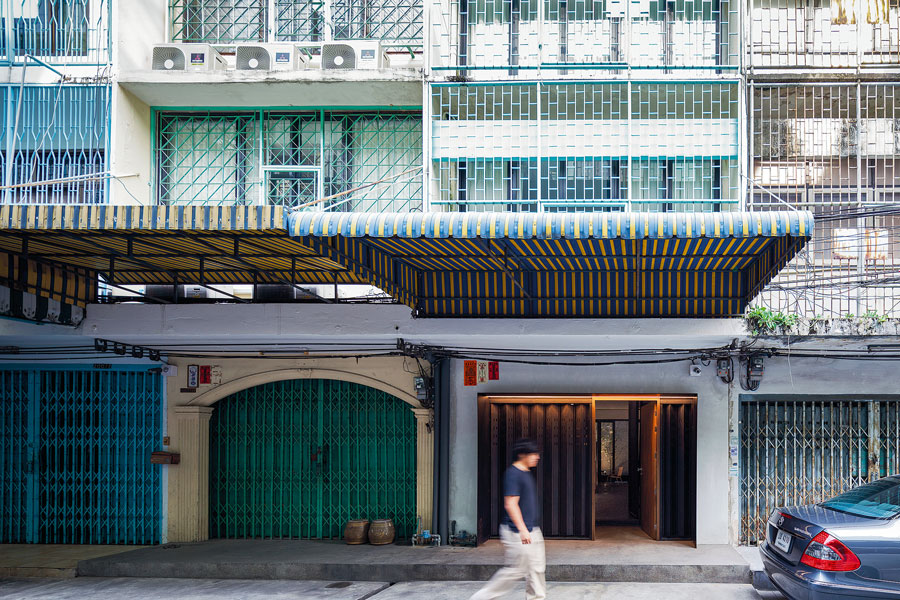
曼谷的轻轨系统 MTR 和BTS

特别公告:
「所建所闻」节目迎来六周年了! 趁此机会做一些内容聚焦,未来将主要分为四个部分:
1. Builder:采访最近新落成项目的设计师 如 ep14-阿里巴巴西溪园区,ep31-杭州天目里,ep52-阿里巴巴上海园区
2. Creator:采访设计背景的创业者/空间运营者 如 ep38-家具品牌Donxi,ep48-尤扬:从设计到媒体到开餐厅
3. Flaneur:带有专业视角的旅行观察 如 ep5-南美,ep36-成都,ep45/50-山西大同,ep46-香港,ep47-新加坡,ep53-曼谷
4. Observer:其他当时当下关注的话题 如 ep29/32-历史保护,ep22-防疫建筑,ep34-奥运遗产建设,ep43/44-公共空间,ep51-迪士尼
收听方式:
推荐在泛用性播客客户端中搜索「所建所闻」订阅之后收听。 苹果手机推荐使用Podcasts、Overcast、Castro 安卓手机推荐使用AntennaPod、Pocket Casts、Castbox 此外还可以在「小宇宙」及Spotify上收听。
联系方式:
网站:architalk.xyz 邮箱:[email protected]) 新浪微博:所建所闻) Twitter:ArchiTalkXYZ) Instagram:architalk.xyz)



